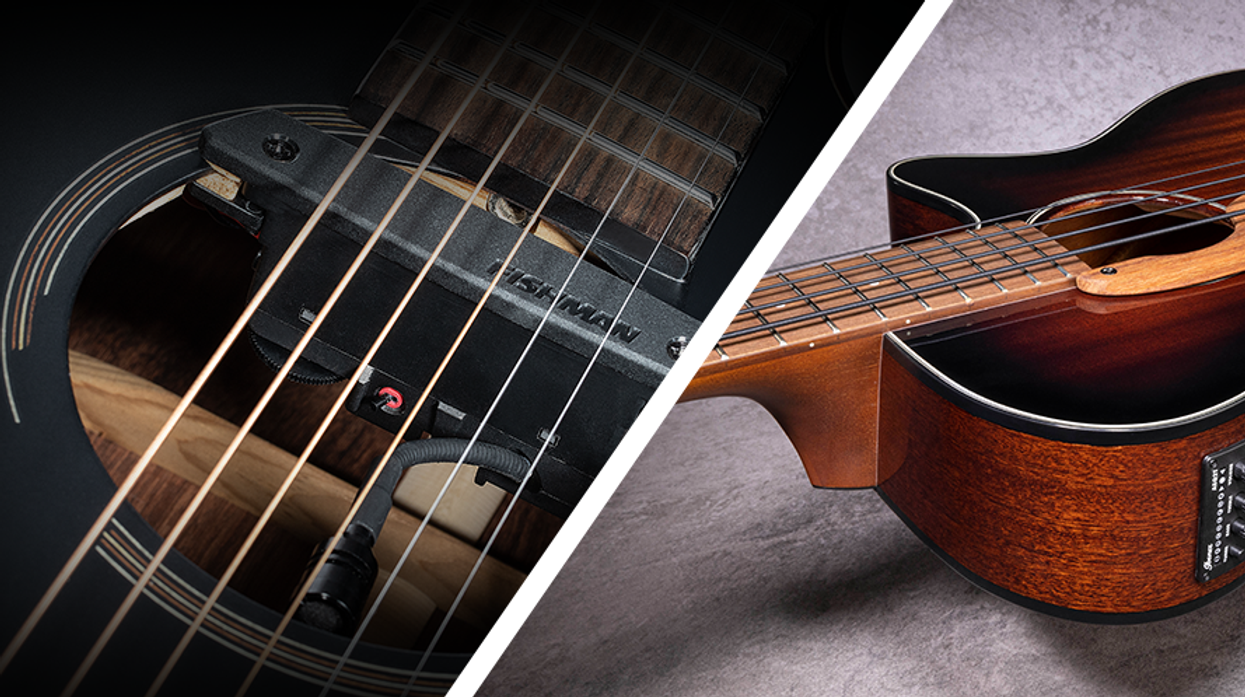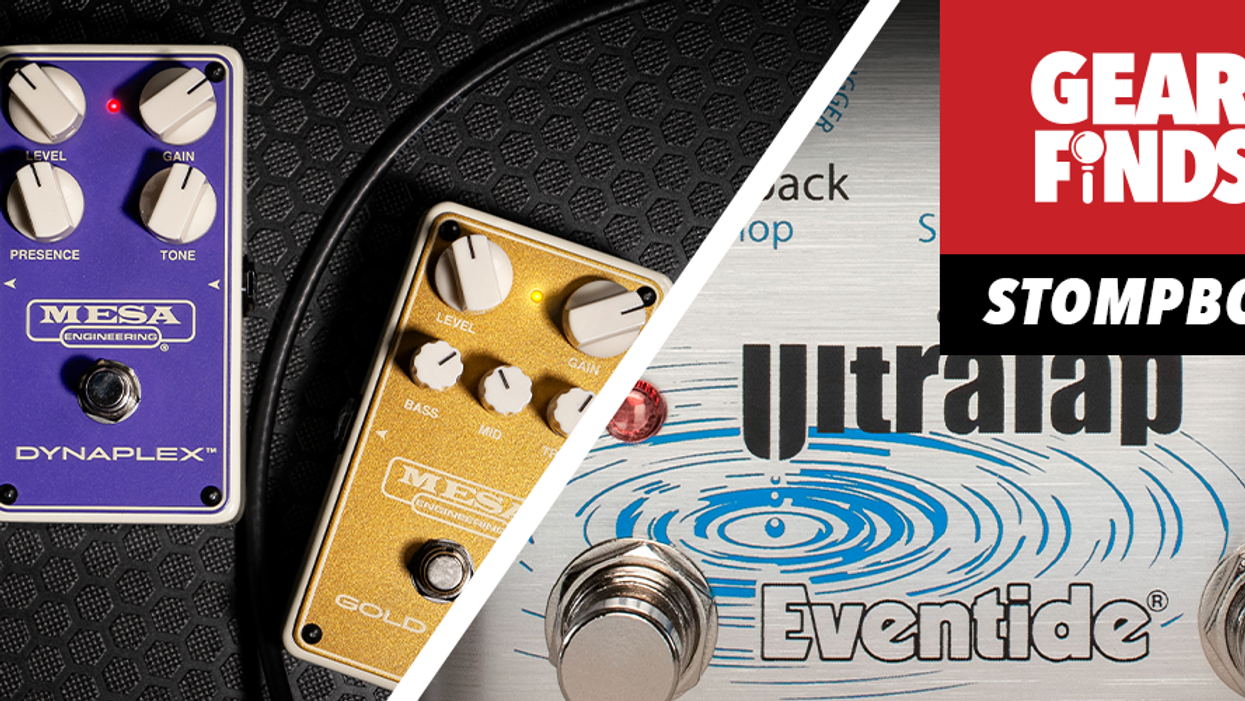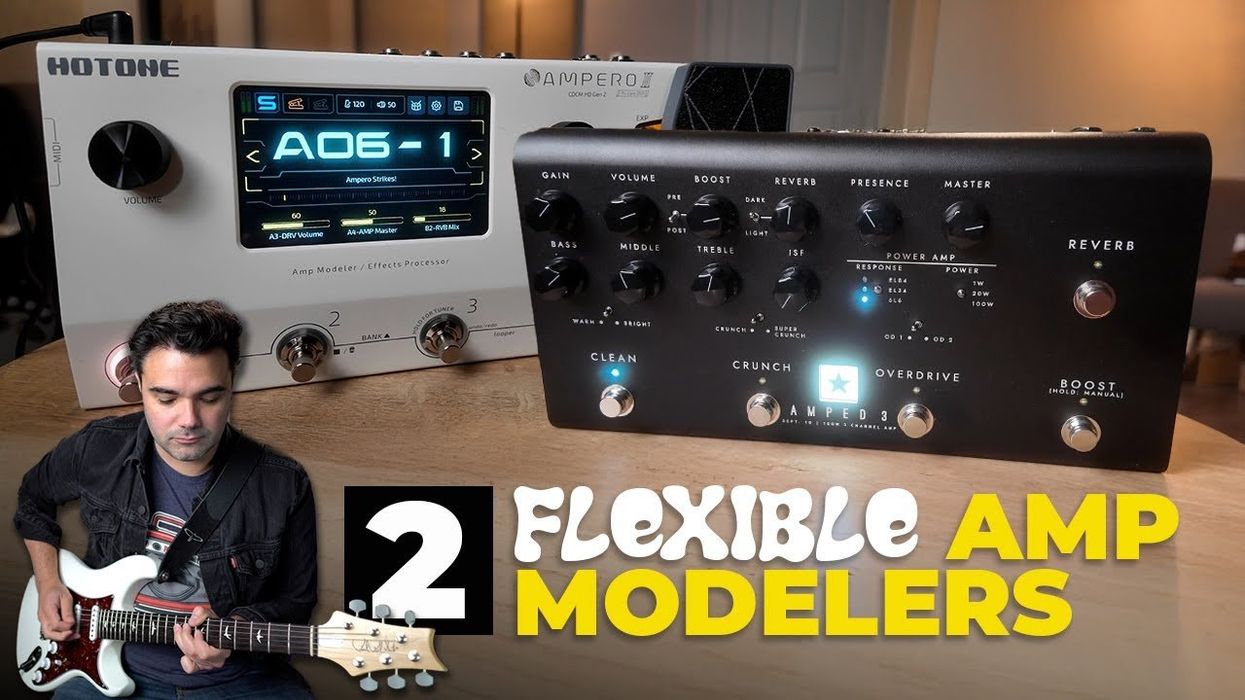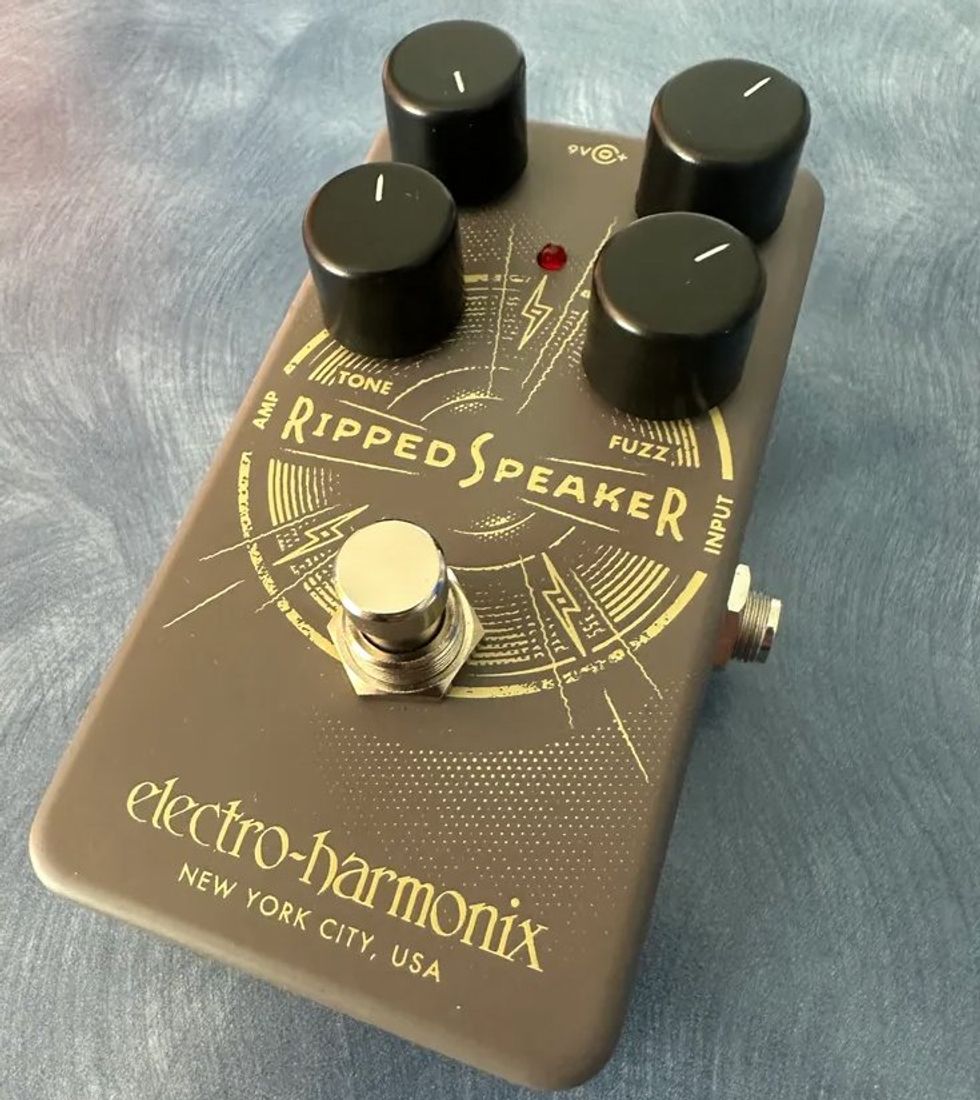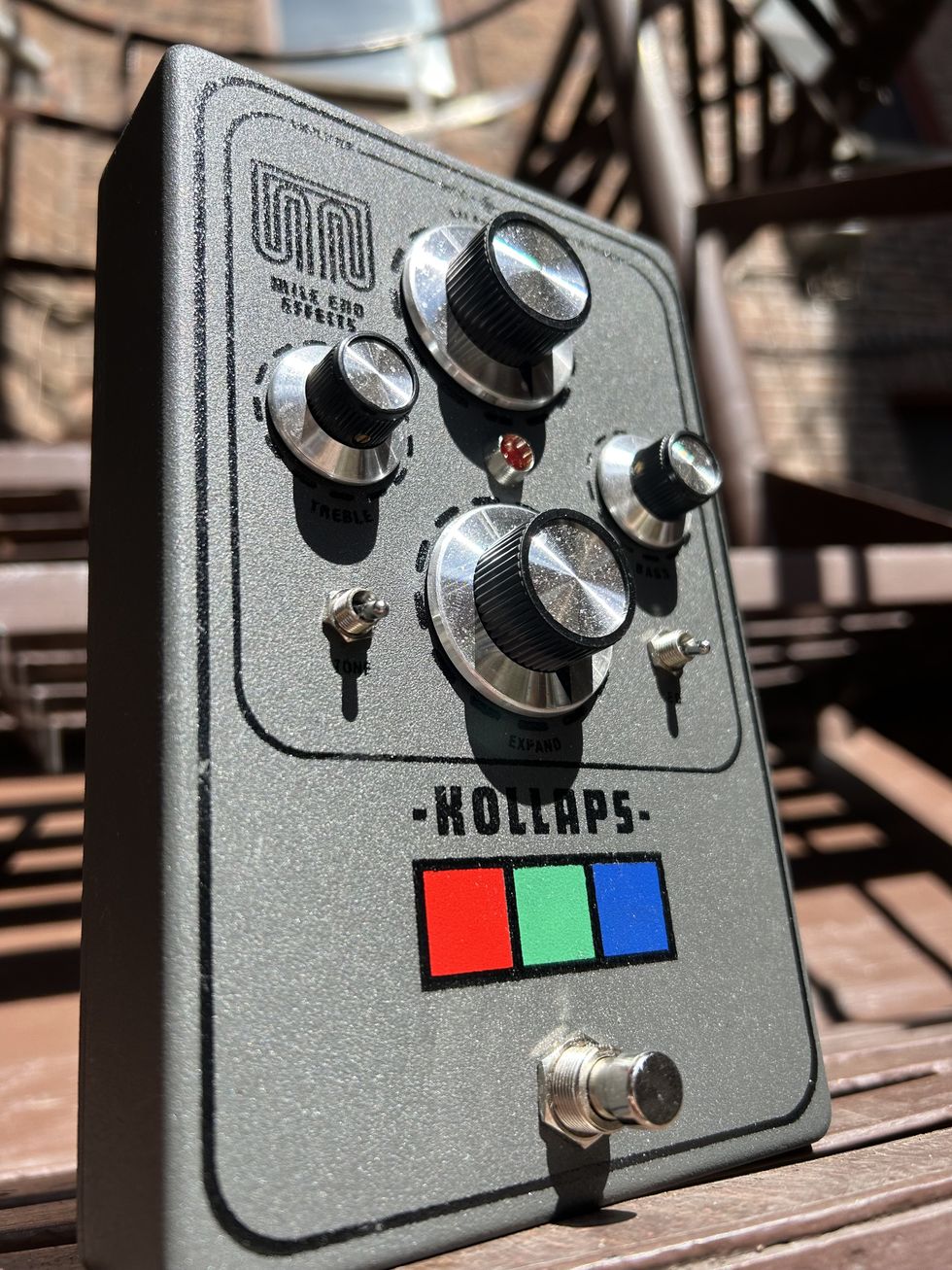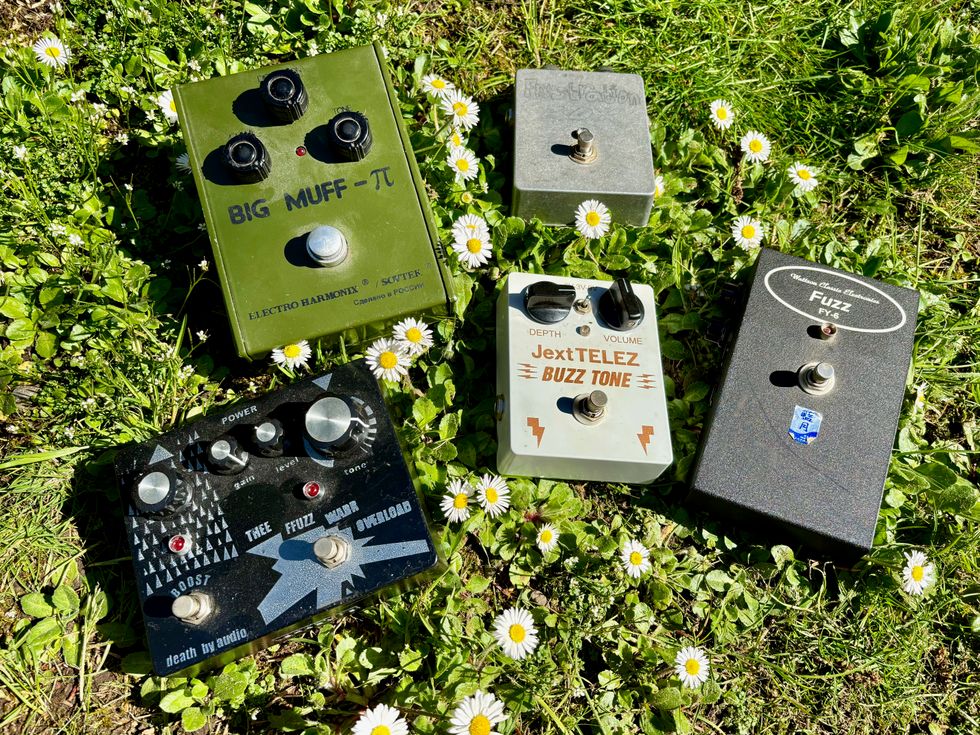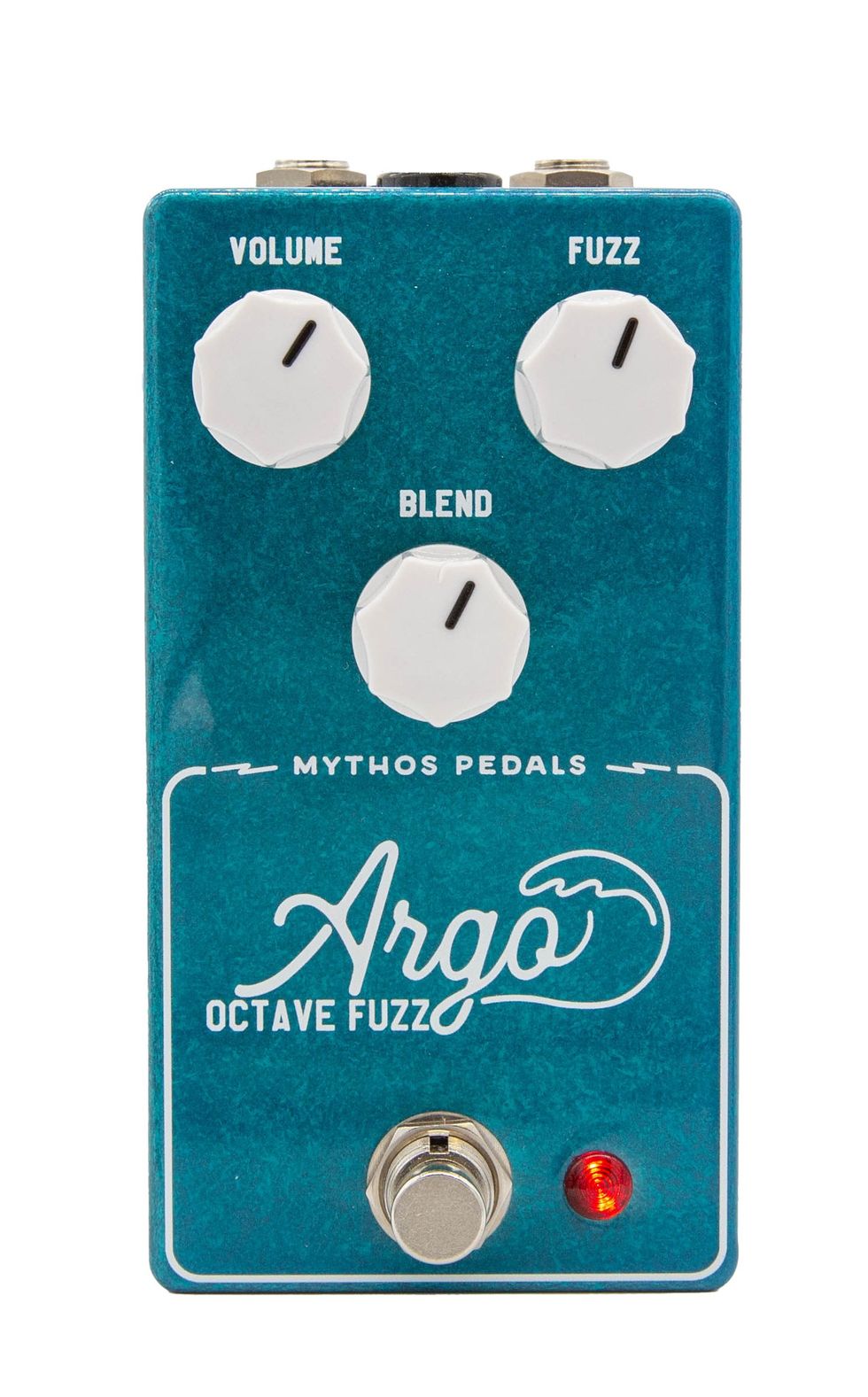Shenzhen, China (October 16, 2017) -- Mooer has unleashed a brand new multi-effects processor which delivers unparalleled amp modelling in its price range and an amazing array of effects and features that will surely impress even the most disconcerting of tone chasers. The GE200 houses 55 amplifier models which utilize the same cutting-edge technology as Mooer’s hugely successful range of micro preamps. These digital amp models will completely recreate the tone, touch, and feel of their real-life counterparts. Paired up with 70 high quality effects which are spread over nine effect blocks, this mini floorboard has everything you might need.
The effects signal chain is fully customizable within each preset allowing each of the individual effects blocks to be internally routed in any order. The built-in expression pedal and 3 brightly lit footswitches provide full control over the GE200 for rocking out live on stage. Providing real-time adjustment to some very special control options like the MERGE feature, which opens up limitless creative possibilities.
The GE200 has been designed from the ground up to be the musicians perfect partner. Be it live on-stage, in the recording studio or back home in the practice den.
Some of the main Features:
- 55 high quality amplifier models
- 26 IR speaker cab models and added support for 3 rd party IR
- 70 effects including compressors, drives, noise gates, eq’s, modulation, pitch, filters, delays and reverbs
- 52 second looper with half speed and reverse effects
- Drum machine with 40 drum patterns and 10 metronome ryhthms
- Store and recall up to 200 presets
- Adjustable signal chain lets you arrange the internal effects however you like
- USB connectivity for PC editing and direct digital audio recording to computer
- Programmable outputs for easy integration into any setup
- Auxiliary input and dedicated headphone output for audio playback and totally immersive practice sessions
GE200 will be available from official Mooer dealers and distributors worldwide at a street price of around $299 USD each.
The Mooer Radar is a full-featured professional speaker simulator and IR loader which can be a permanent resident at the end of your pedalboard. Not only does it carry 30 cab models but it also has optional microphone and power amp simulation. Ideal for recording or hooked up to your favourite headphones for practice. The Radar will transform your pedalboard into a complete guitar rig.
The single-knob control and very intuitive UI make setup and programming “on the go” fast and easy. Connect it up to the Mooer Studio PC software to load-in any of your favourite IR models into any of the 30 cab model slots.
This is the only portable IR loader available on the market at such an affordable price. If you’ve never given IR’s a go because of the expensive hardware, now’s your chance.
Some of the key features
- 30 different speaker cab models
- 11 mic models
- 4 power amp models
- Customizable EQ stage
- Capable of loading custom IR (all sample rates supported)
- Store and recall up to 36 user presets
- Connect to PC editor via USB
- Supports headphones and lineout
Mooer Radar will be available from official Mooer dealers and distributors worldwide at a street price of around $150 USD each.
Due to huge demand and a mass of enquiries from musicians across the globe, the Tender Octaver micro pedal from Mooer is back!!! The Tender Octaver mkII has retained the simplistic controls and tiny form factor that was so popular with it’s predecessor, plus some very special updates.
Armed with three brand-new algorithms and a true analog dry through signal, the Tender Octave MkII is sure to provide all your octave harmony needs. A very unique little polyphonic octave pedal with endless tonal possibilities.
The Fat algorithm contains a huge bassy lower octave that can shake the walls and a soft toned upper voicing, for a very natural upper octave shimmer. Fat riffs and simulated bass guitar really shine in this mode.
The Tight algorithm has a more focused lower octave with a higher, low eq, cut off point and a sharper upper octave bite. Shredders, fusion players and organ hunters alike, will find sonic delight when flipping the switch into tight mode.
Swell mode provides automatic volume swelling of the harmony voices, providing a soft attack and lush release whilst the original dry signal remains completely untouched. Great for emulating a 12-string guitar or creating ambient chords and sound scapes.
Some of the key features:
- Independent SUB, UPPER and DRY controls to really get the pedal dialed in
- 3 brand new algorithms instantly provide very different tones at the flip of a switch
- All analog dry through signal completely retains your original instrument in all its glory
- Micro Size and metal housing for the best in portability and road worthy construction
- True Bypass switching
The Tender Octaver MkII will be available from official Mooer dealers and distributors worldwide at a street price of around $99 USD each.
For more information:
Mooer Audio


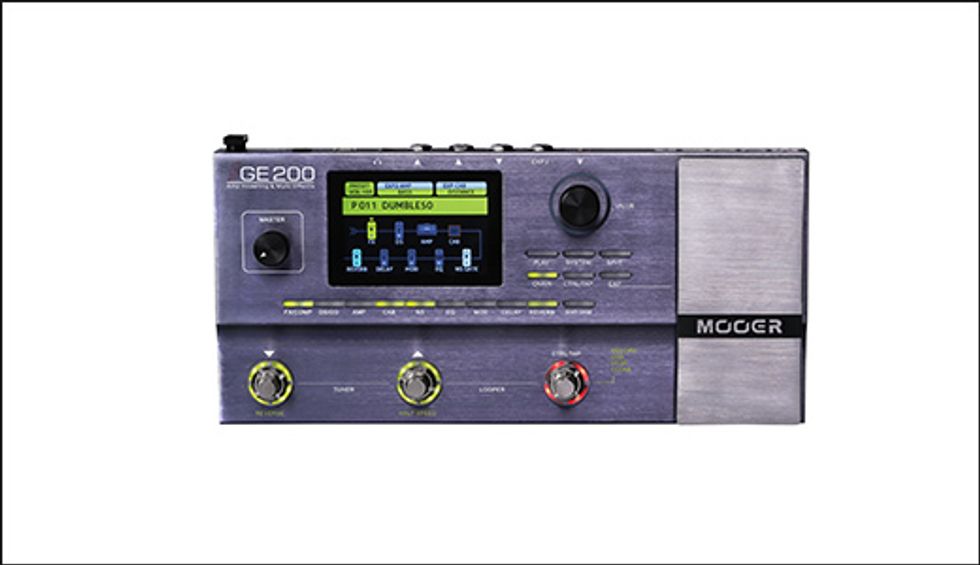
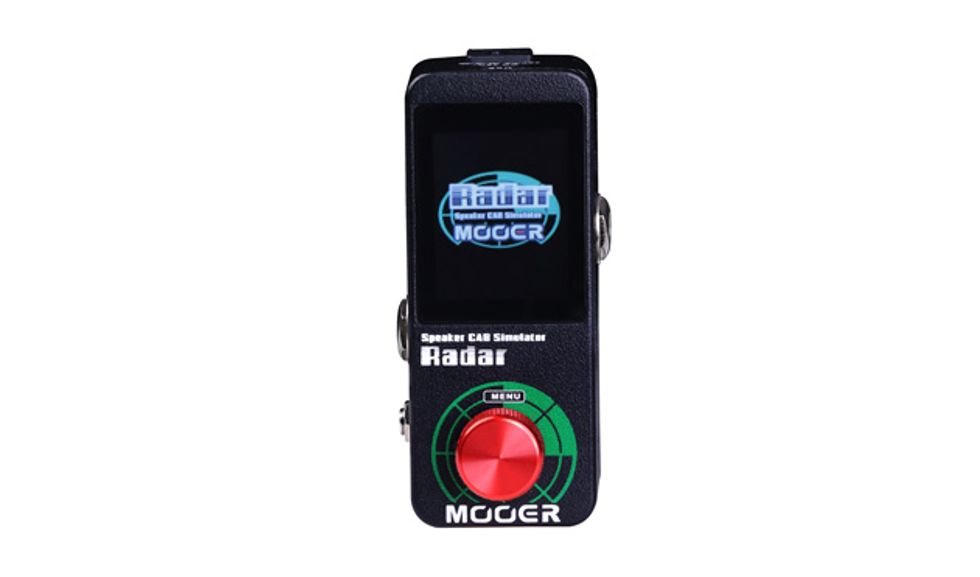
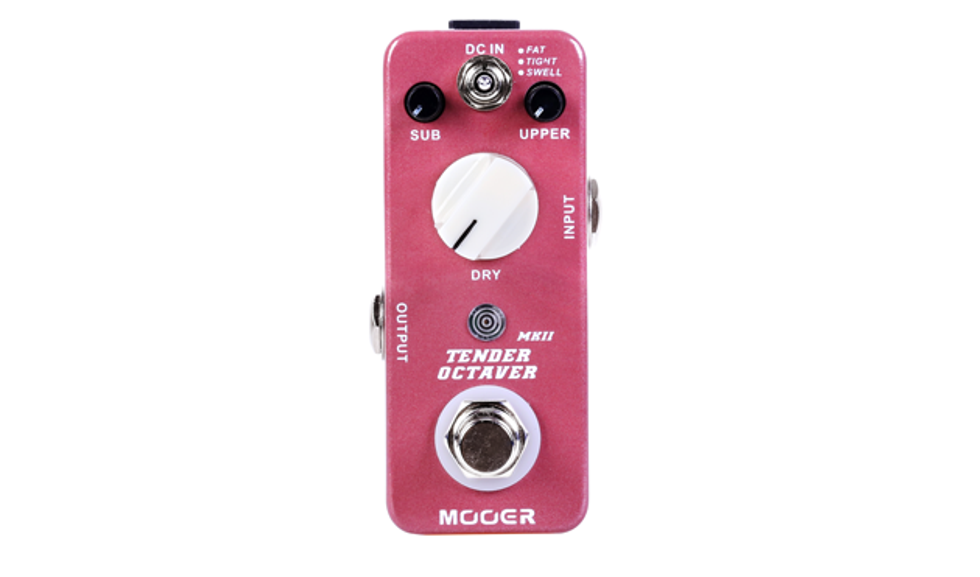



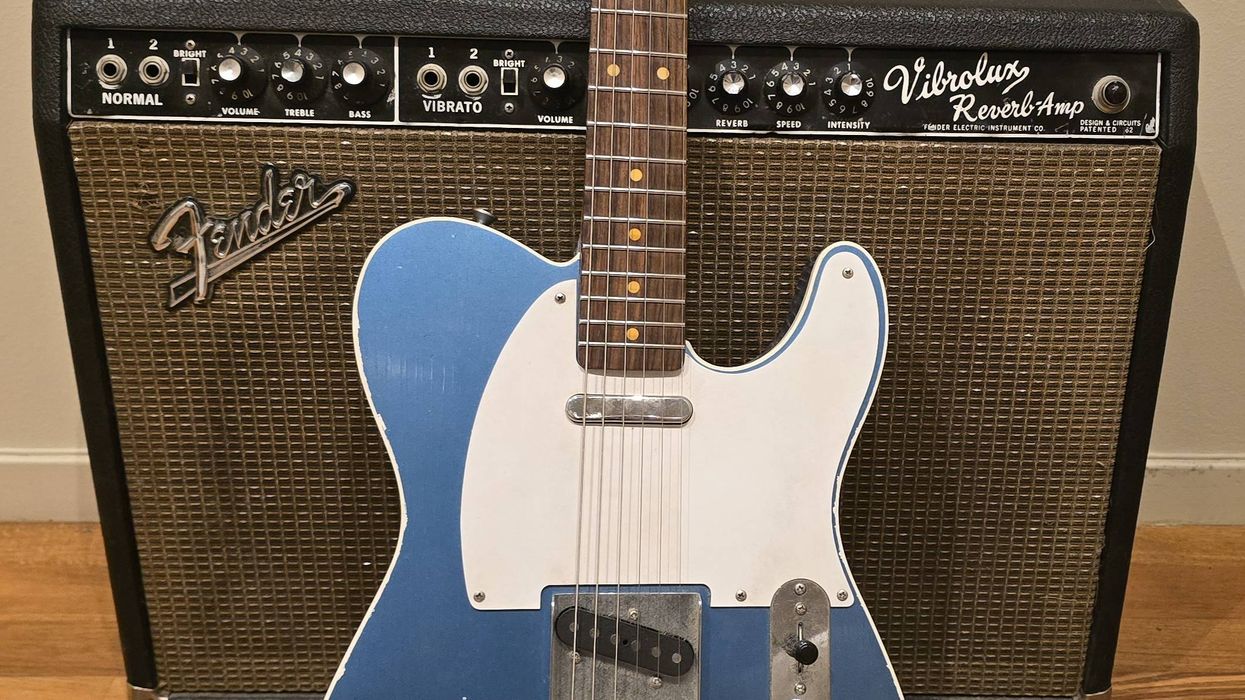

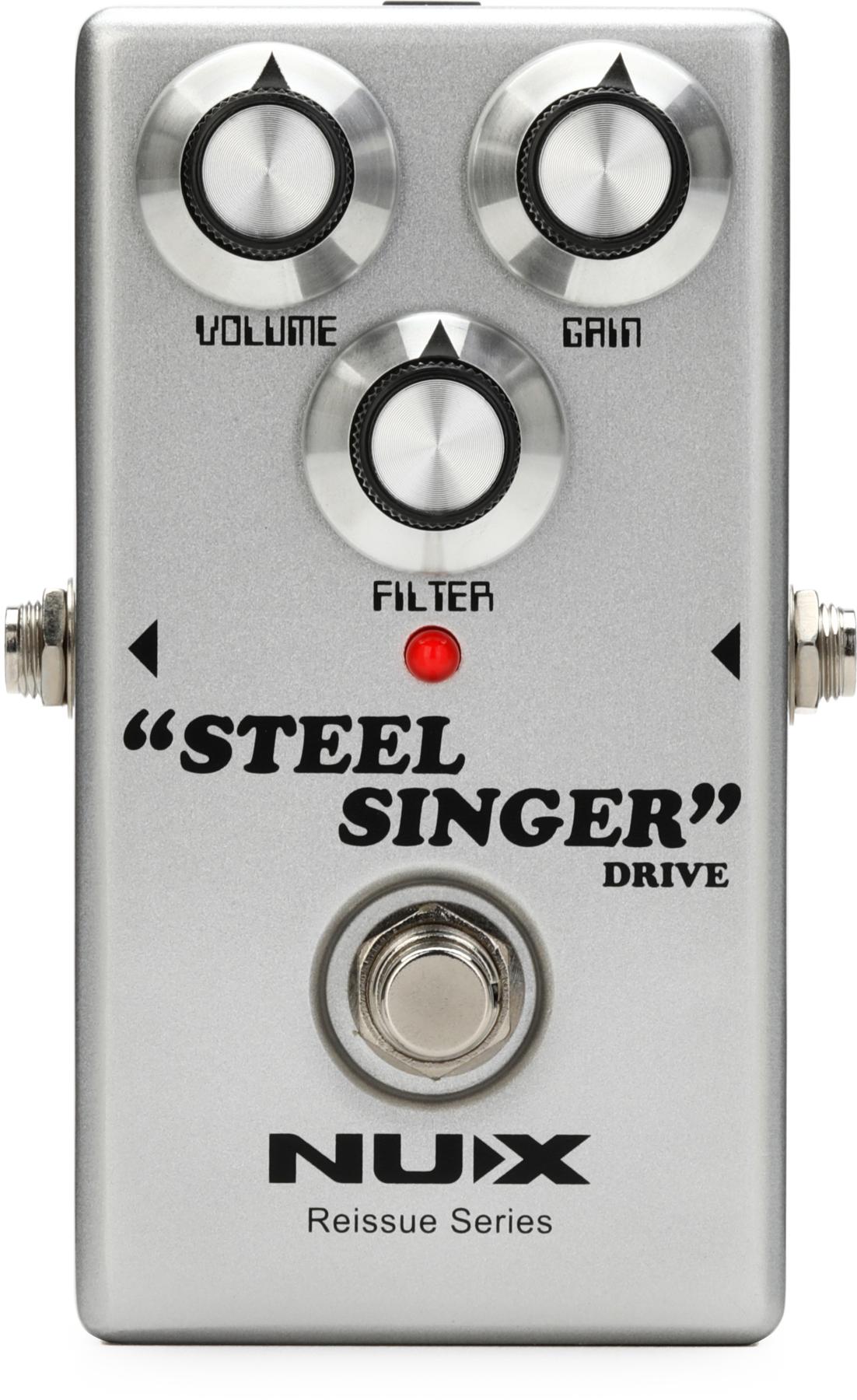

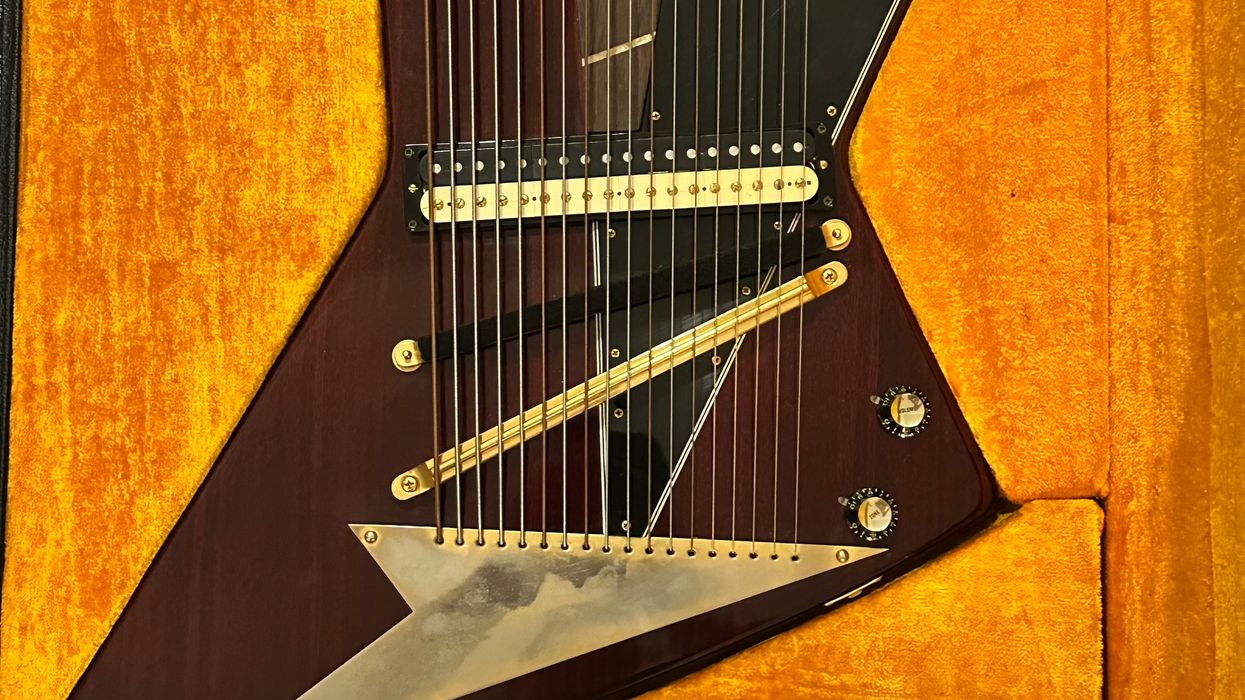
![Rig Rundown: Russian Circles’ Mike Sullivan [2025]](https://www.premierguitar.com/media-library/youtube.jpg?id=62303631&width=1245&height=700&quality=70&coordinates=0%2C0%2C0%2C0)

